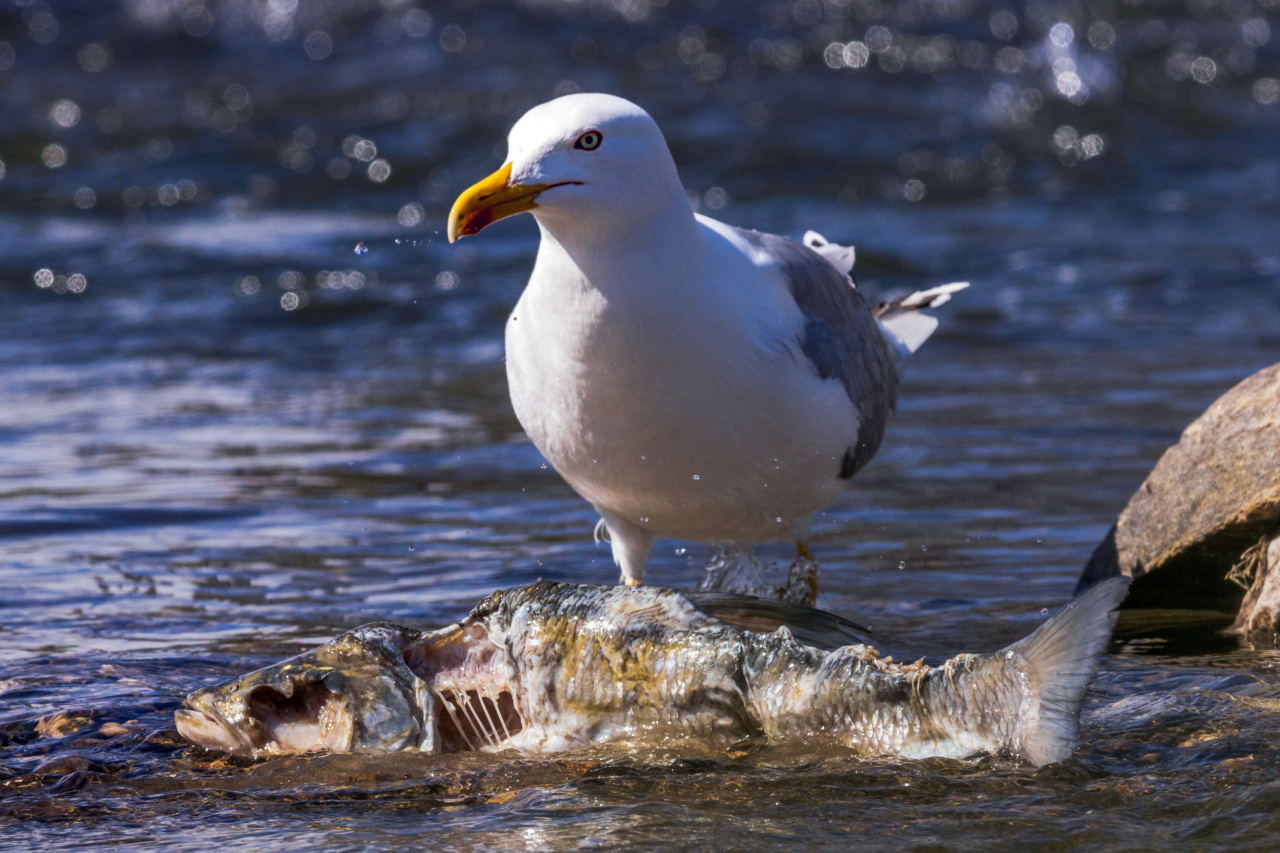For many people, eating fish is a staple part of their diet. Fish is a healthy and nutritious source of protein and omega-3 fatty acids, which provide many health benefits.
However, not all fish is created equal, and some types of fish can be contaminated with toxins and pollutants that can be dangerous to human health. In this article, we will explore the perilous consequences of eating contaminated fish.
What is Contamination in Fish?
Contamination in fish refers to the presence of toxic substances, such as heavy metals and industrial chemicals, in the fish. These substances can accumulate in the fish over time, and when consumed by humans, they can cause a range of health problems.
Heavy Metals in Fish
Heavy metals, such as mercury, lead, and cadmium, can be found in some species of fish. These metals can be present in the water where the fish live, or they may be introduced into the water by pollution from industrial sources.
Mercury is a particularly dangerous heavy metal that can cause serious health problems, especially in pregnant women, nursing mothers, and young children.
High levels of mercury exposure can lead to developmental and neurological damage, including impaired motor skills, learning disabilities, and memory problems.
Other heavy metals, such as lead and cadmium, can also cause health problems. Lead can lead to intellectual disabilities, while cadmium exposure can lead to kidney damage and lung cancer.
Industrial Chemicals in Fish
Industrial chemicals, such as PCBs (polychlorinated biphenyls) and dioxins, can also contaminate fish. These chemicals can be introduced into the water by industrial sources and can accumulate in the fatty tissues of fish.
PCBs and dioxins are known to be harmful to human health, and exposure to these chemicals has been linked to cancer, reproductive problems, and immune system damage. PCBs have also been linked to developmental problems in children.
What Types of Fish are Most Contaminated?
Some types of fish are more likely to be contaminated than others. Large predatory fish, such as shark, swordfish, and marlin, are more likely to have high levels of mercury and other heavy metals.
These fish eat smaller fish that may also be contaminated, and the heavy metals can accumulate in their tissues.
Other types of fish, such as salmon and trout, may contain high levels of PCBs and dioxins. These fish may be raised in fish farms or may be contaminated by industrial pollution in the water where they live.
How to Reduce Your Risk of Contamination
There are several steps you can take to reduce your risk of contamination when eating fish:.
- Choose smaller, younger fish – These fish are less likely to have accumulated high levels of toxins.
- Eat a variety of fish – This will help reduce your exposure to any one type of contaminant.
- Avoid large predatory fish – These fish are more likely to have high levels of heavy metals.
- Eat fish from clean water sources – Check with your local authorities to find out which water sources are safe for fishing.
- Avoid farmed fish – These fish may be raised in contaminated water or may be fed contaminated food.
Conclusion
Eating contaminated fish can have serious health consequences. Heavy metals and industrial chemicals can cause a range of health problems, including developmental and neurological damage, cancer, and immune system damage.
To reduce your risk of contamination, choose smaller, younger fish, avoid large predatory fish, and eat fish from clean water sources. By taking these steps, you can continue to enjoy the health benefits of fish without putting your health at risk.































